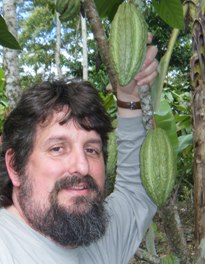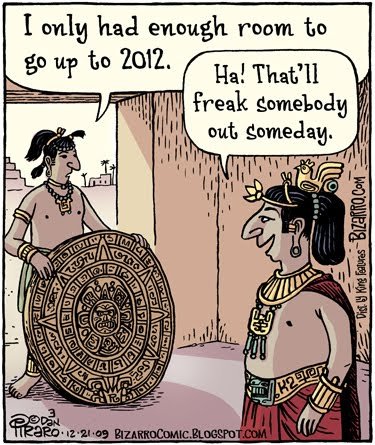Mayan Gold: The Geography and History of Maya Chocolate June 15-29, 2013 -- Approximately $2,675 plus airfare, double occupancy A three-credit course taught at I.S.I.S. Belize: The Institute for Sustainable International Studies Instructors: James & Pamela Hayes-Bohanan (Other coures are offered during the first half of the June session. The total cost for a full June session is $4,225) See Course Syllabus. Contact James with questions the course.Make San Ignacio your home for next summer. See other course listings at ISIS. Chocolate is now consumed as a sweet in many parts of the world and most of the cacao from which it is produced is grown in Africa. But chocolate began as a spicy, savory food cultivated by Maya in what is now Belize and neighboring Mexico and Guatemala. The first half of this course is an introduction to Maya civilization, past and present, with an emphasis on those aspects related to the cultivation and uses of cacao. Attention then turns to the geography of chocolate, beginning with the historic diffusion of its cultivation and consumption. After examining contemporary social and environmental aspects of cacao production and chocolate trade, attention returns to community-based production within Belize. This field course will visit Maya ruins and sacred caves, organic cacao producers’ organizations and chocolate producers; meet with cacao farmers, Maya elders and healers; and participate in the production of cacao foods and drinks.
 |
 The Coffee Maven with Cacao in Nicaragua January 2010 As we develop the course, more information about the geography of chocolate will be posted on this page. Learn about those other beverages at Geography of Coffee and Geography of Tea |
||
View Larger Map Our course will be taught on the campus of ISIS in San Ignacio, Cayo, with excursions to Mayan and cacao sites. The town is about halfway between Belize city and the famous Tikal Mayan site in Guatemala. |
 We are confident that this course will be offered, even though it will be 2013! (Thanks to Professor Cindy Ricciardi for this image.) |
